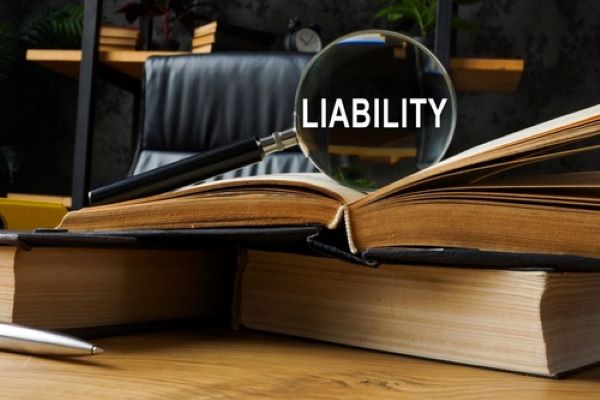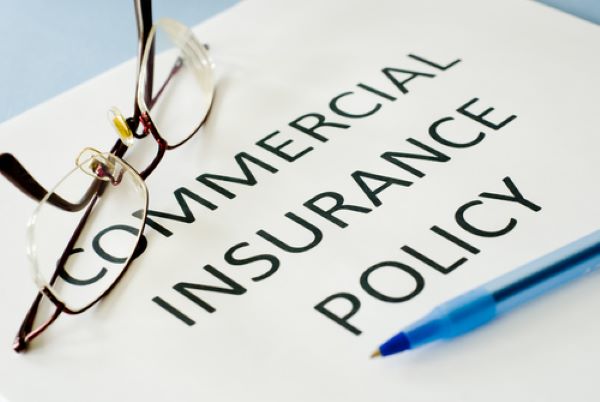 |
| By | July 1, 2024 |
Business risks take many forms, such as cyber threats or even workplace accidents. These risks can cause significant financial loss, operational downtime, and reputational damage. While insurance can protect you from these risks, frequent events can cause your premiums to skyrocket. This is where a proactive risk management strategy like loss control can help. Here’s an overview of the importance of loss control and its effect on insurance claims. Understanding the Concept of Risk Risk is an inherent part of any business operation. It can arise from various sources, including natural disasters, accidents, equipment failure, or even human error. While not all risks can be avoided, steps can be taken to reduce their impact and the likelihood of occurrence. In the context of insurance, risks can be categorized by: Measurable Loss These risks are associated with financial and non-financial losses. The former is an insurable risk where losses can be directly translated into monetary value. Examples include property damage from fire, theft, or accidents, medical expenses, and legal costs. Non-financial losses are uninsurable since they cannot be easily quantified in dollars and cents. Choosing a bad investment, experiencing emotional distress, or reputational damage falls under this category. Potential Outcomes When…

Business risks take many forms, such as cyber threats or even workplace accidents. These risks can cause significant financial loss, operational downtime, and reputational damage. While insurance can protect you from these risks, frequent events can cause your premiums to skyrocket. This is where a proactive risk management strategy like loss control can help.
Here’s an overview of the importance of loss control and its effect on insurance claims.
Understanding the Concept of Risk
Risk is an inherent part of any business operation. It can arise from various sources, including natural disasters, accidents, equipment failure, or even human error. While not all risks can be avoided, steps can be taken to reduce their impact and the likelihood of occurrence.
In the context of insurance, risks can be categorized by:
Measurable Loss
These risks are associated with financial and non-financial losses. The former is an insurable risk where losses can be directly translated into monetary value. Examples include property damage from fire, theft, or accidents, medical expenses, and legal costs.
Non-financial losses are uninsurable since they cannot be easily quantified in dollars and cents. Choosing a bad investment, experiencing emotional distress, or reputational damage falls under this category.
Potential Outcomes
When evaluating risks from an outcome perspective, you can categorize them into pure and speculative risks. Pure risks involve only the potential for loss, with no chance of gain. Imagine a natural disaster—it can cause significant financial loss, but there’s no way to profit from such an event.
Speculative risks involve the possibility of either gain or loss. They are not insurable because they affect the potential for profit.
Cause
Risks can be categorized as fundamental or particular based on their cause. Fundamental risks are caused by natural phenomena beyond human control, like floods, earthquakes, or hurricanes. Particular risks stem from human actions or inactions. Some examples include a fire caused by faulty wiring or a slip-and-fall accident due to a wet floor.
It’s important to note that both are insurable as they involve potential financial losses.
The Importance of Loss Control
Loss control measures are proactive steps that help businesses reduce risks that lead to financial losses and higher insurance claims. This approach protects your business assets and creates a safer environment for employees and customers.
Here’s a list of reasons why loss control can be an effective option for your business:
- Reducing Financial Loss: The primary goal of the approach is to prevent incidents that could lead to significant losses. This includes everything from property damage and theft to workplace injuries and liability claims. By identifying potential hazards and implementing preventive measures, your business can avoid costly interruptions and maintain operational stability.
- Lowering Insurance Premiums: Insurance costs are often directly connected to a company’s loss history and risk profile. Insurers assess the likelihood of claims and adjust your premiums accordingly. If your company has a strong loss control program, insurers may see it as a lower risk and could potentially reduce their premiums. This saves money and ensures better terms and conditions for insurance policies.
- Enhancing Safety and Compliance: Effective loss control measures promote a safer workplace by addressing potential hazards and promoting a safety culture. This not only protects employees but also helps businesses comply with regulatory requirements. Compliance with safety regulations can prevent costly fines and legal issues, further reducing financial risk.
- Preserving Reputation: Incidents such as data breaches, accidents, or environmental damage can severely impact your business reputation. Loss control measures help identify and eliminate these risks, preserving your public image and customer trust. A strong reputation can lead to increased customer loyalty and business opportunities.
Tools and Techniques for Loss Prevention
To effectively manage risks, your business can use a range of tools and techniques. These preventative measures help in reducing potential losses. Some of them include:
Safety Training
Training employees on safety protocols and procedures prevents accidents and injuries. Regular safety training sessions ensure that all employees are aware of potential hazards and know how to respond appropriately. This includes everything from using personal protective equipment (PPE) to following emergency evacuation plans.
Maintenance Programs
Regular maintenance of equipment and infrastructure can prevent breakdowns and accidents. A scheduled maintenance program ensures that machinery and facilities are in good working condition, reducing the risk of failures that could lead to operational downtime or safety incidents.
Security Systems
Implementing robust security measures like surveillance cameras, alarm systems, and access controls can deter theft and vandalism. Security systems help protect physical assets and provide a safe environment for employees and customers.
In addition to physical systems, businesses should also invest in cybersecurity measures to protect against data breaches and cyberattacks. Regular software updates, firewalls, and employee training can prevent unauthorized access and data loss.
Fire Suppression Systems
Sprinklers, fire extinguishers, and other suppression systems can contain fires quickly, minimizing damage to property and avoiding disruption to operations. Implementing a well-designed fire suppression system can prevent fires from spreading and causing extensive damage.
Disaster Recovery Plans
Developing comprehensive disaster recovery plans allows businesses to quickly respond to and recover from major disruptions. This includes establishing communication protocols, identifying critical operations, and preparing for various scenarios such as natural disasters, cyberattacks, or power outages.
Building a Comprehensive Loss Control Plan
Developing a successful loss control program is an ongoing process. Here are the key steps to consider:
- Identify Risks: Conduct a comprehensive risk assessment to pinpoint potential hazards specific to your business.
- Evaluate Impact: Analyze the potential financial and operational consequences of each identified risk.
- Develop Strategies: Based on the risk assessment, create a plan that outlines specific actions to mitigate and minimize potential losses.
- Implement Controls: Put your plan into action. This may involve training employees, installing safety equipment, or implementing new security protocols.
- Monitor and Adapt: Regularly evaluate the effectiveness of your loss control measures. Refine your strategies as needed to adapt to changing circumstances and industry best practices.
With this plan in place, your business is prepared should any major disruptions come along. This includes establishing communication protocols, identifying critical operations, and preparing for various scenarios such as natural disasters, cyberattacks, or power outages.
Loss control is an important step that helps protect your operations and optimize your insurance coverage. To get maximum benefits, you can combine tailored loss control strategies with comprehensive insurance solutions. If you’re looking for a policy that can meet your business needs, our team at Cell Brokerage can help you find the right one. Contact us today to learn more about our services!









